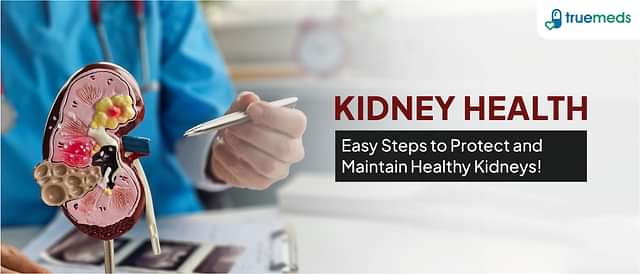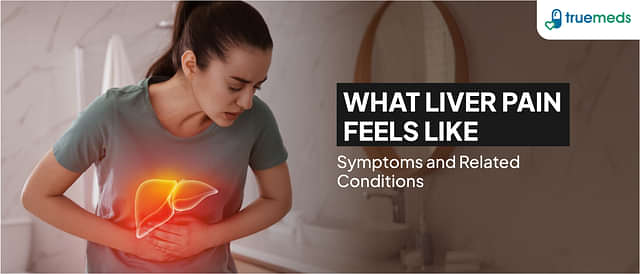Body Ache
Body aches refer to a general feeling of discomfort, soreness, or pain in muscles, joints, or connective tissues throughout the body. These aches can result from overuse, fatigue, dehydration, infections, or underlying health issues. Sometimes, widespread pain can signal underlying systemic conditions, such as infections or autoimmune diseases.
Last updated on : 19 Sep, 2025
Read time : 11 mins
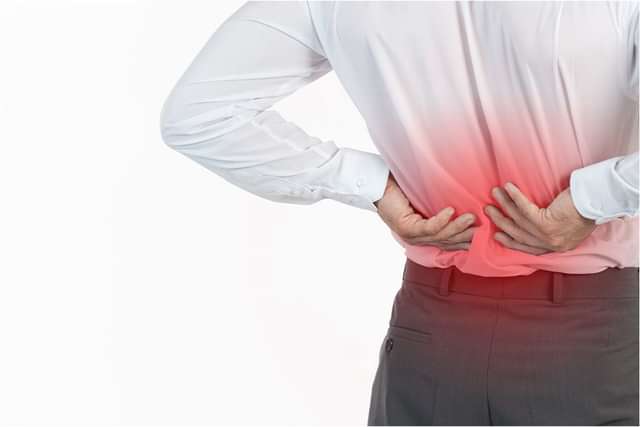
Overview of Disease
Body ache or body pain refers to a widespread, dull, aching pain throughout the body, often accompanied by feelings of weakness and fatigue. They’re very common and can affect people of any age at any time.
Factors such as stress, lack of sleep, poor diet, dehydration, or intense exercise often trigger general body aches, which usually improve with rest and lifestyle changes (Muscle Aches: MedlinePlus Medical Encyclopedia, n.d.). However, persistent or severe body aches may be a sign of an underlying condition, such as viral infections, anaemia, fibromyalgia, or autoimmune diseases like lupus. In such cases, it’s essential to seek medical advice for proper treatment (Crofford, 2015).
Key Factors about Body Ache
| Category | Details |
| Also referred to as | Body pain |
| Commonly Occurred in | Both Men and women |
| Affected Organ (s) | Whole body part |
| Type | Not infectious |
| Common Signs | Pain, Fatigue, Weakness |
| Consulting Specialist | General Physician / Neurologist / Immunologist |
| Treatment Procedure | Manageable, Treatable, Preventable |
| Managed By | Paracetamol |
| Diagnosis | Blood test, X-ray |
| Prevelence | Worldwide (20%), India (19.3%) |
| Prevention | Lifestyle |
| Home remedies/First aid | Exercise, Drinking water |
| Mimicking conditions | Spasmodic pain, Fibromyalgia, Rheumatoid arthritis, Joint pains |
Symptoms of Body Ache
The following are the general symptoms of body pain; however, they may vary from person to person:
- Muscle Pain or Soreness: You may feel discomfort, tenderness, or stiffness in your muscles. This can range from a dull ache to sharp pain and may worsen with movement or physical activity (Mense, 2008).
- Fatigue: Body aches are often accompanied by a feeling of tiredness or low energy. This fatigue may persist even after rest and can make daily tasks more difficult (Light et al., 2010).
- Joint Pain or Stiffness: Aches in the joints, such as knees, elbows, or fingers, may be present. The joints may feel swollen, stiff, or difficult to move, especially after waking up or after periods of inactivity (Heesch et al., 2007).
- Chills or Fever: If an infection causes body aches, it may be accompanied by chills or a fever. These are signs that your immune system is actively fighting off an illness (Dall & Stanford, 1990).
- Weakness: You might experience muscle weakness or a general feeling of being unwell. This can make you feel physically drained or unable to perform regular activities (Holbrook, 1990).
- Headache: A body ache may also be accompanied by a headache, which adds to overall discomfort. This is common with viral infections, such as the flu or cold (Bigley, 1990).
- Swelling or Inflammation: Some individuals may experience redness, warmth, or swelling in specific areas where the pain is more pronounced. This may indicate localised injury or inflammation (Hannoodee & Nasuruddin, 2024).
- Sleep Disturbance: Persistent pain or discomfort can make it difficult to fall asleep or stay asleep, contributing to further fatigue and worsening body aches (Haack et al., 2019).
Stages of Body Ache
The two main stages of body aches are:
- Acute Pain in the Body: An acute body ache is a sudden, short-lived discomfort that is often triggered by exercise, illness, or minor injuries. As the body heals, it typically improves and lasts anywhere from a few hours to a few days (Chou et al., 2020).
- Chronic Pain in the Body: Chronic body aches, which may persist for weeks or more, are frequently associated with autoimmune illnesses, fibromyalgia, or arthritis or other causes. It typically requires continuous treatment to manage and often lacks a clear cause (Chronic Pain, 2024).
Causes of Body Ache
Here are some of the common causes of body aches:
- Stress and Tension: Mental stress can cause physical symptoms, such as body aches, due to the release of cortisol, a stress hormone that leads to muscle tightness, particularly in the neck, shoulders, and back (Muscle Aches: MedlinePlus Medical Encyclopedia, n.d.).
- Poor Posture and Sedentary Lifestyle: Sitting or standing for long hours, combined with a lack of movement, can cause muscle stiffness and joint pain, especially in individuals with inactive routines or desk jobs (Da Costa et al., 2022).
- Physical Exertion and Muscle Strain: Sudden physical activity or inadequate warm-up before exercise can cause muscles and tendons to overstretch or tear, leading to body pain or soreness (Muscle Aches: MedlinePlus Medical Encyclopedia, n.d.).
- Infections and Illnesses: Infections can cause body aches as the immune system releases chemicals to fight the illness, which affect the entire body and make muscles and joints sore (CDC, 2024).
- Sleep Disorders: Poor sleep quality hinders the body’s ability to heal and recover, resulting in fatigue and aches. Conditions such as insomnia or sleep apnea can exacerbate this discomfort (Haack et al., 2019b).
- Vitamin Deficiencies: A lack of vital nutrients, such as vitamin D or B12, can result in muscle pain, fatigue, and overall weakness, contributing to chronic body aches (Shipton & Shipton, 2015).
Risk Factors of Body Aches
Several factors (Mookerjee et al., 2024) can increase the risk of experiencing body aches, including:
- Ageing: The natural wear and tear of muscles and joints with age makes older adults more susceptible to aches and stiffness.
- Chronic Medical Conditions: Long-term health issues such as arthritis, fibromyalgia, and autoimmune disorders often contribute to persistent body pain.
- Infections: Viral infections, such as the flu or COVID-19, can trigger sudden, widespread body aches due to the body’s immune response.
- Emotional Stress and Anxiety: Chronic stress elevates cortisol levels, which can lead to muscle tension, fatigue, and generalised body pain.
- Overexertion: Engaging in intense physical activity without proper rest or warm-up can strain muscles and lead to body pain.
- Poor Sleep Quality: Insufficient or disrupted sleep hinders the body’s natural healing and recovery processes, contributing to chronic aches and pains.
Who is at risk of body aches?
People at higher risk of body aches include older adults, individuals with sedentary lifestyles or poor posture, those with chronic illnesses like arthritis or fibromyalgia, and people under high stress. Others at risk include those with nutritional deficiencies (e.g., vitamin D or B12), poor sleep habits, a history of frequent infections, or individuals who overexert themselves physically without proper rest or warm-up (Mookerjee et al., 2024), (Da Costa et al., 2022).
Complications
- Sleep Issues and Fatigue: Chronic body aches can disrupt your sleep, making it hard to fall or stay asleep, which leads to ongoing tiredness and worsens discomfort (Haack et al., 2019b)
- Development of Chronic Pain Syndromes: Conditions like myofascial pain syndrome can develop trigger points that cause long-lasting aches and may even progress to fibromyalgia (Dua & Chang, 2025).
- Muscle Weakness and Atrophy: Persistent disuse of painful muscles may lead to atrophy, resulting in weakness and limited mobility; in severe cases, contractures or loss of function may occur (Holbrook, 1990).
- Secondary Pain and Overuse Injuries: When specific muscles or areas become weak, the body may overuse other tissues to compensate, leading to added strain and potentially causing musculoskeletal problems such as tendinitis or arthritis (El-Tallawy et al., 2021).
- Deconditioning and Reduced Function: Long-term pain can lead to overall physical deconditioning, affecting cardiovascular, endocrine, immune, and nervous systems, increasing the risk of disability (National Academies Press (US), 2020).
Prevention of Body Ache
People can prevent muscle soreness (Cheung et al., 2003) by adopting simple lifestyle changes such as:
- Engaging in regular physical activity.
- Doing warm-up and cool-down exercises before and after workouts.
- Stretching muscles regularly.
- Using proper footwear during physical activity.
- Dressing warmly in cold weather.
- Maintaining proper posture.
- Using supportive and comfortable furniture at home and work.
- Avoiding prolonged inactivity.
Diet
Maintaining a healthy lifestyle by staying well-hydrated and eating a balanced, nutrient-rich diet can reduce the risk of muscle stiffness. Drinking plain water daily, trying herbal teas, or adding fruit to sparkling water helps with hydration. During exercise, it’s essential to take breaks and drink water, as dehydration and muscle cramps are often linked to muscle discomfort (Elma et al., 2022).
Diagnosis & Tests
Occasional body aches are usually harmless and linked to lifestyle habits or minor infections. However, if the pain persists or is accompanied by other symptoms, it may indicate a more serious underlying issue. In such cases, doctors may conduct a physical examination and run tests to identify the cause and initiate appropriate treatment (Almoallim et al., 2021).
Tests may include:
- Complete hemogram and serum electrolytes to assess overall health, detect infections, and check for imbalances in essential minerals.
- Urine routine and microscopy to uncover hidden urinary tract infections.
- Fasting blood glucose and HbA1c levels to screen for diabetes or blood sugar irregularities.
- Chest X-ray and HRCT (High-Resolution CT) scan for evaluating lung conditions, such as pneumonia.
- Liver and kidney function tests are used to assess the metabolic state and proper functioning of these vital organs.
- ECG and lipid profile to evaluate cardiovascular health.
- A PET CT scan may be suggested if there is a suspicion of cancer or malignancy.
- EMG (Electromyography) and NCV (Nerve Conduction Velocity) tests of all four limbs to assess muscle and nerve function.
- MRI scans of the brain and spine are used to investigate neurological causes of muscle pain or weakness.
Advanced tests are typically recommended if initial findings suggest a serious underlying issue such as malignancy or neurological disease. Additional tests may be recommended depending on the results of these initial screenings to explore any suspected health concerns further.
Treatment & Management
Medications such as paracetamol are commonly used to relieve mild body pain. For more severe body aches, NSAID painkillers may be prescribed to reduce pain and inflammation. Medications should be taken under medical supervision, especially NSAIDs, which can have side effects or interact with other medicines (Alorfi, 2023).
Home Remedies
Some of the simple home remedies to follow for body aches (McSwan et al., 2021):
- Resting helps the body recover and heal effectively.
- Staying hydrated by drinking enough fluids can relieve aches linked to dehydration.
- Taking a warm bath soothes tense muscles and promotes relaxation.
- Managing body temperature by treating a fever, staying warm, or cooling down can prevent chills and muscle tightness.
Living with Body Ache
Managing daily life with body aches involves understanding your triggers, adopting a healthy lifestyle, and following a proper care routine. Regular low-impact exercises like walking or stretching can maintain flexibility and reduce stiffness. Eating a balanced diet rich in nutrients supports muscle and joint health, while staying hydrated helps prevent cramps.
Adequate sleep and stress management through practices like meditation or yoga are also key. For chronic pain, consistent medical follow-up, prescribed medications, and physical therapy may be necessary. Listening to your body and making mindful adjustments can improve your quality of life.
When to See a Doctor?
- Last more than a few days without improvement.
- Are severe or worsening despite rest and basic care.
- They are accompanied by other symptoms like fever, fatigue, weight loss, rash, or swelling.
- Follow an injury or accident.
- Limit your daily activities or movement.
- Occur frequently or with no clear cause.
Persistent or unexplained body pain may be a sign of an underlying condition such as an infection, autoimmune disease, or chronic disorder. Timely medical attention ensures early diagnosis and appropriate treatment.
Key Takeaways
- Body aches are common and often linked to stress, poor sleep, or overexertion.
- If aches persist, worsen, or come with fever, weakness, or other unusual symptoms, consult a doctor to rule out infections or underlying conditions.
- Allow for sufficient rest, practice gentle stretching, and avoid overexertion during physical activity while recovering.
- Staying hydrated, managing stress, and getting good sleep are simple ways to prevent frequent body aches.
- If pain is severe or long-lasting, never self-medicate without medical advice — it could be a sign of something that needs proper treatment.
FAQs
What causes body aches?
When should I see a doctor for body aches?
Are body aches a sign of infection?
Can dehydration cause body aches?
How can I relieve body aches at home?
Are body aches a symptom of COVID-19?
Can stress lead to body aches?
What lifestyle changes help prevent body aches?
Which vitamins help with body pain?
Are body aches contagious?
References
- Muscle aches: MedlinePlus Medical Encyclopedia. (n.d.). Medlineplus.gov. https://medlineplus.gov/ency/article/003178.htm
- Centers for Disease Control and Prevention. (2024). Signs and symptoms of flu. CDC. https://www.cdc.gov/flu/signs-symptoms/index.html
- Johns Hopkins Medicine. (2023). Chronic Pain. Www.hopkinsmedicine.org. https://www.hopkinsmedicine.org/health/conditions-and-diseases/chronic-pain
- Da Costa, L., Lemes, I. R., Tebar, W. R., Oliveira, C. B., Guerra, P. H., Soidán, J. L. G., Mota, J., & Christofaro, Diego. G. D. (2022). Sedentary behavior is associated with musculoskeletal pain in adolescents: A cross sectional study. Brazilian Journal of Physical Therapy, 26(5), 100452. https://doi.org/10.1016/j.bjpt.2022.100452
- Haack, M., Simpson, N., Sethna, N., Kaur, S., & Mullington, J. (2019). Sleep Deficiency and Chronic pain: Potential Underlying Mechanisms and Clinical Implications. Neuropsychopharmacology, 45(1), 205–216. https://doi.org/10.1038/s41386-019-0439-z
- Skerrett, P. J. (2019, February 11). Vitamin B12 deficiency can be sneaky, harmful. Harvard Health Blog. https://www.health.harvard.edu/blog/vitamin-b12-deficiency-can-be-sneaky-harmful-201301105780
Browse Other Conditions
Latest health articles
Top Health Essentials
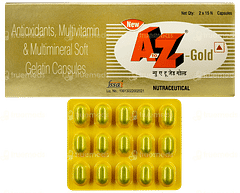
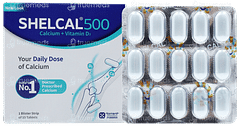
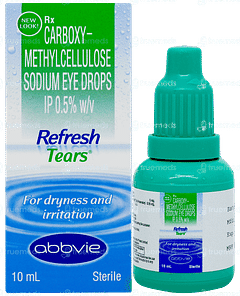

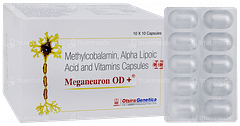
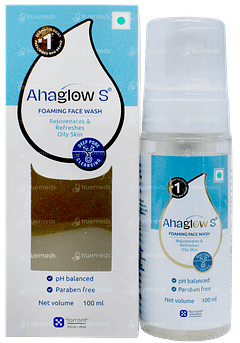

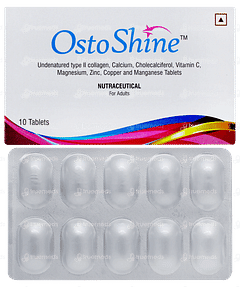

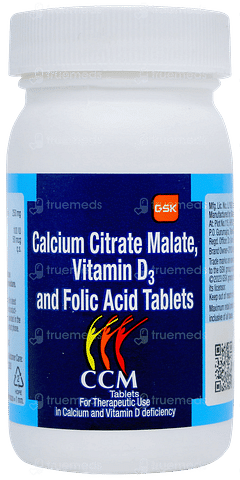
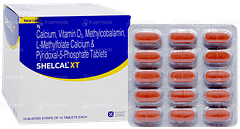
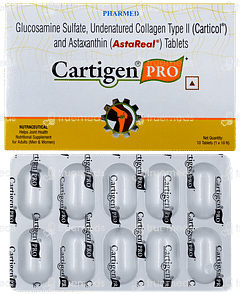

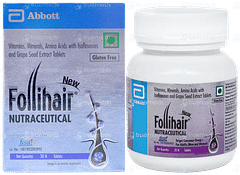
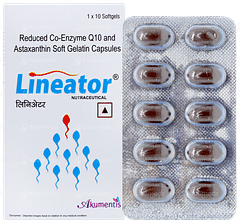

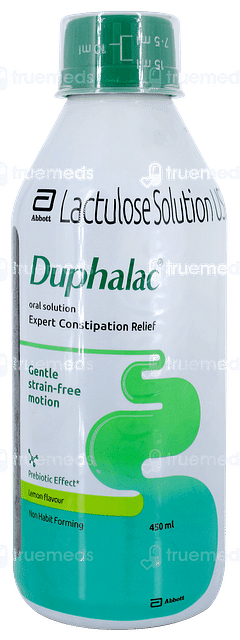
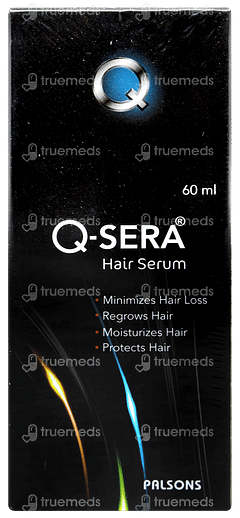

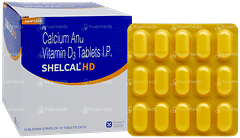
Disclaimer
Top-Selling Medicines:
...View more
Top-OTC medicines:
...View more
Company
About UsHealth ArticleHealth StoriesDiseases & Health ConditionsAyurvedaAll MedicinesAll BrandsNeed HelpFAQSecuritySubscribe
Registered Office Address
Grievance Officer
Download Truemeds
Contact Us
Our customer representative team is available 7 days a week from 9 am - 9 pm.
v4.8.0
2025 - Truemeds | All rights reserved. Our content is for informational purposes only. See additional information.
Our Payment Partners













